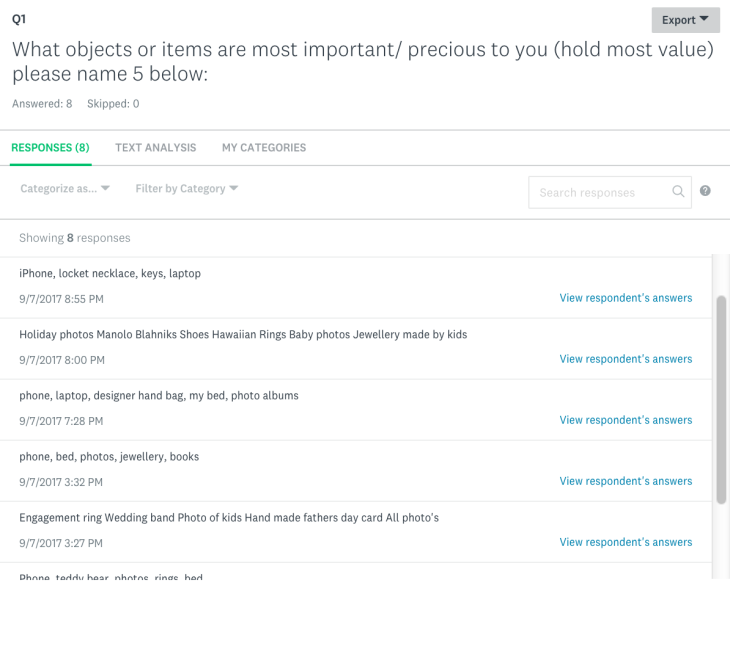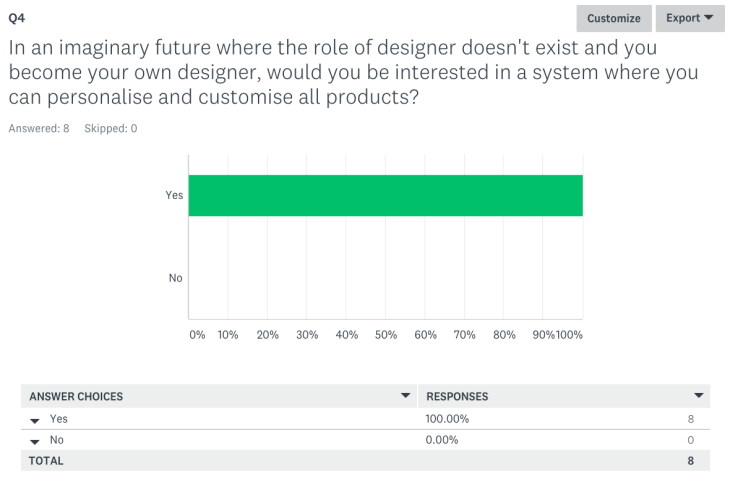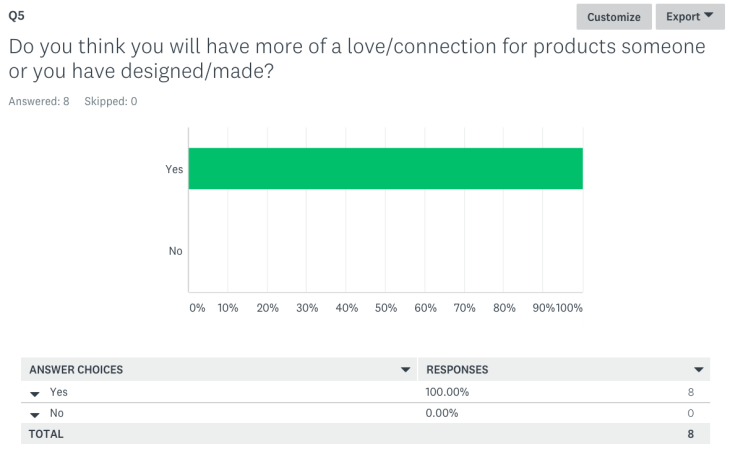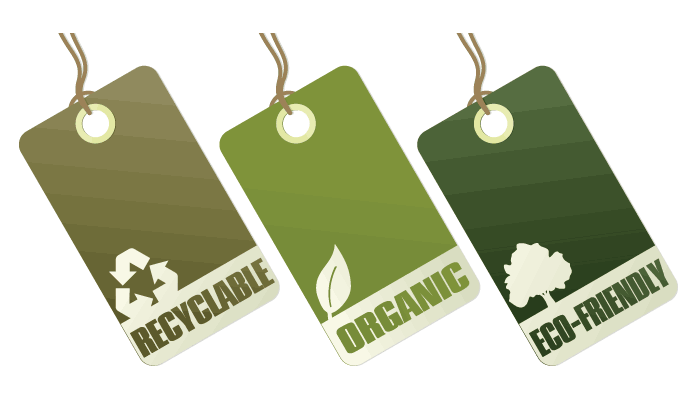Before entering task 3 I felt like I needed to get a firm grasp on the different virtual realities and technologies that seem to be the most prevalent form of emerging technologies. It seems that these technologies will be at the forefront of all new innovations in the future.

VR – Virtual reality being more or less an umbrella term for all forms of immersive reality, that could be pure reality that is not tampered or altered, things like a live 360 videos of something happening in real time. But it can also encompass a synthetic reality with graphics and synthetic content. However, it can also be a hybrid of the two.
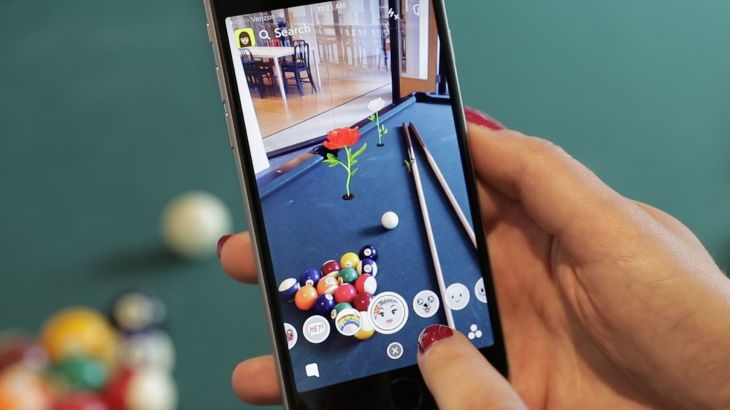
AR – Augmented Reality is a reality where the content within the immersed reality is synthesized with graphics and icons on top of a real-life scenario. The two are happening simultaneously but not connected in any way. The graphics are not anchored into anything in the real scenario.

MR – Mixed reality in very similar to AR as it has both realities in one immersed scenario, a real current view and a synthetic reality however the synthetic view encompasses things like audio and changed hue in colours over elements in the current reality. Essentially the synthetic view goes hand in hand with the current view and is anchored into elements of the current reality.
Foundry, 2017, VR? AR? MR? Sorry, im confused, WebBlog, October 5 2017, <https://www.foundry.com/industries/virtual-reality/vr-mr-ar-confused>




